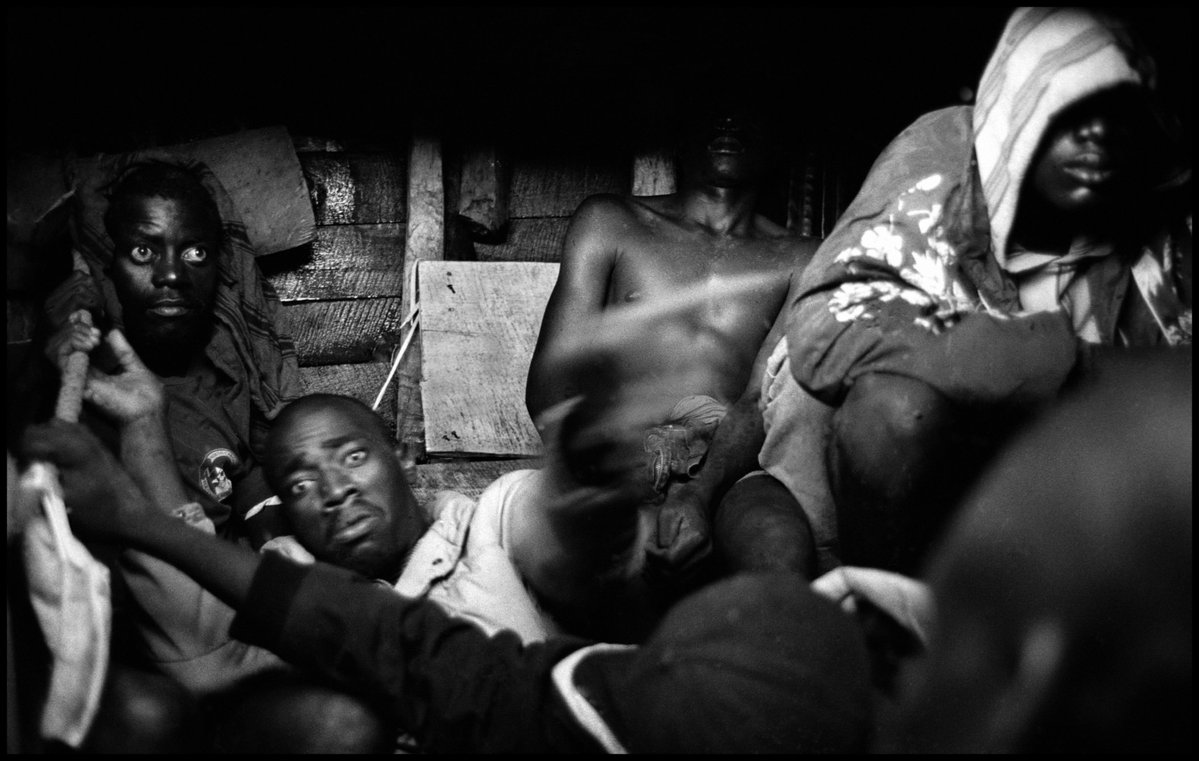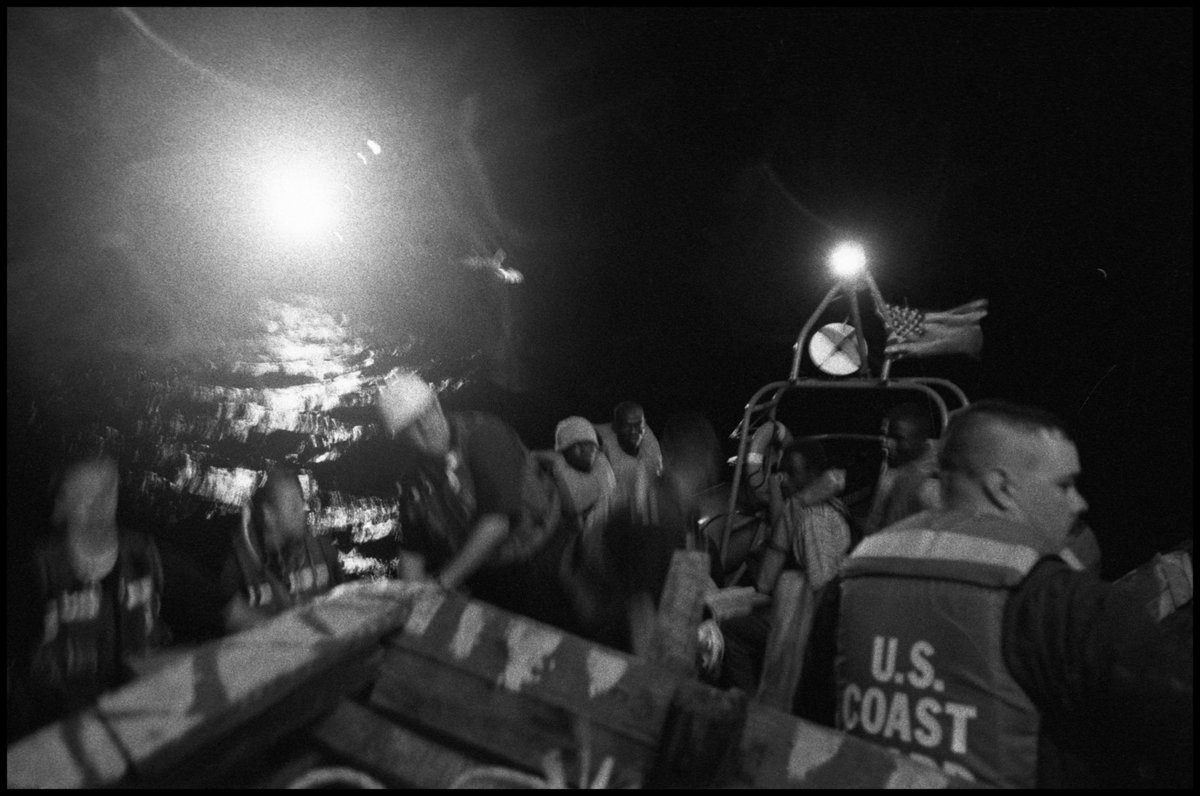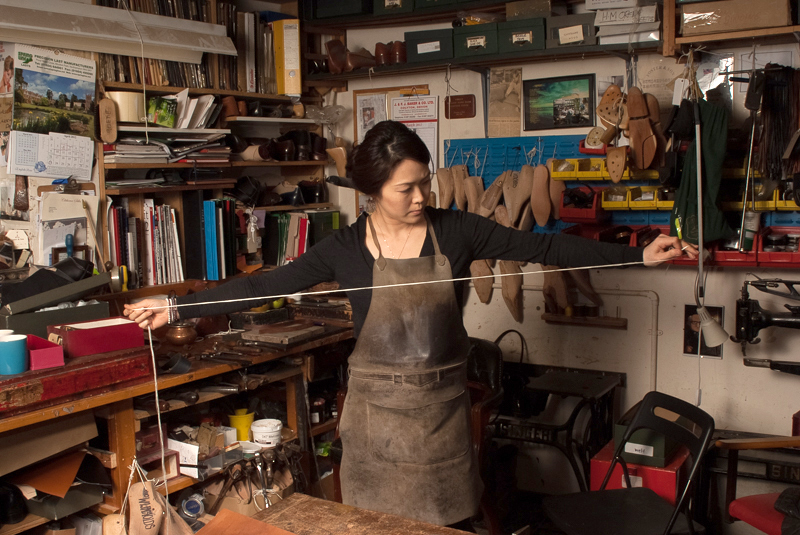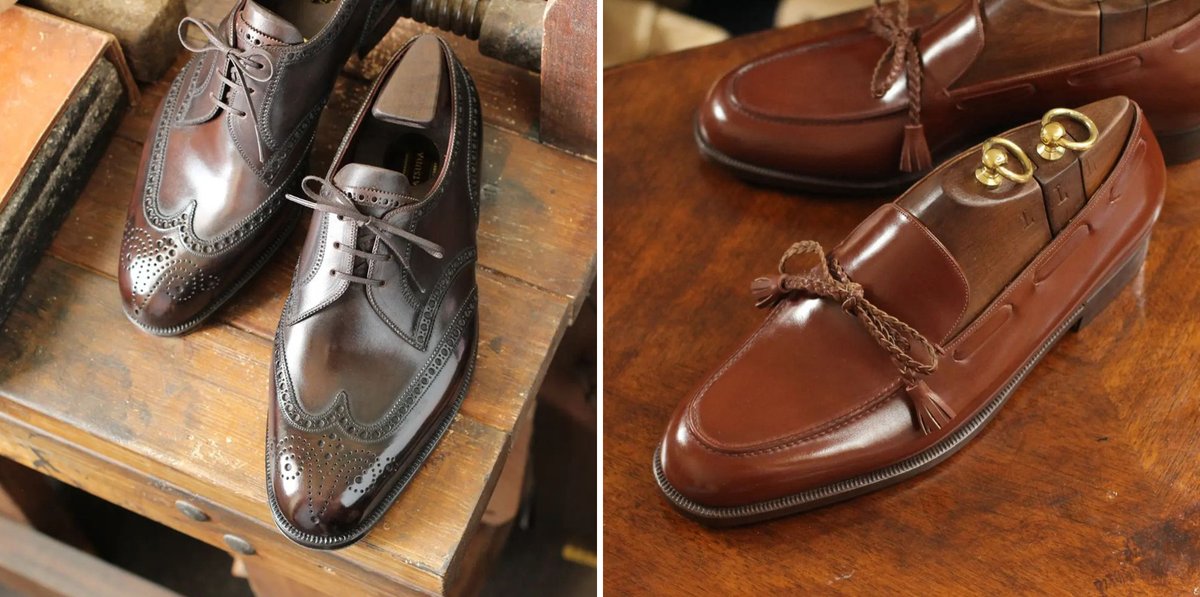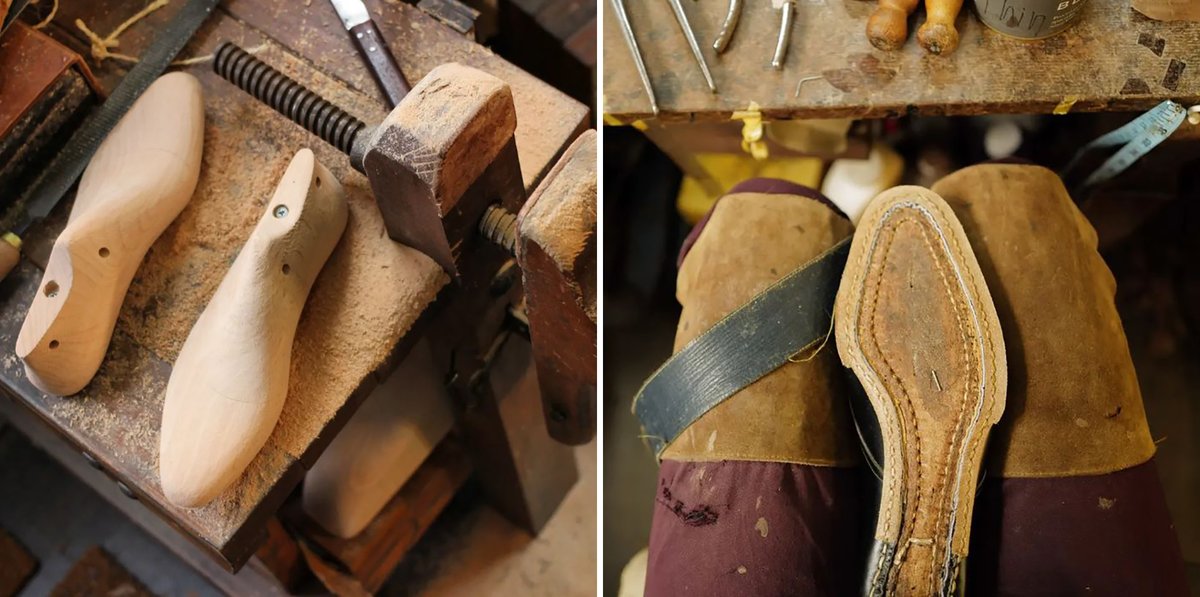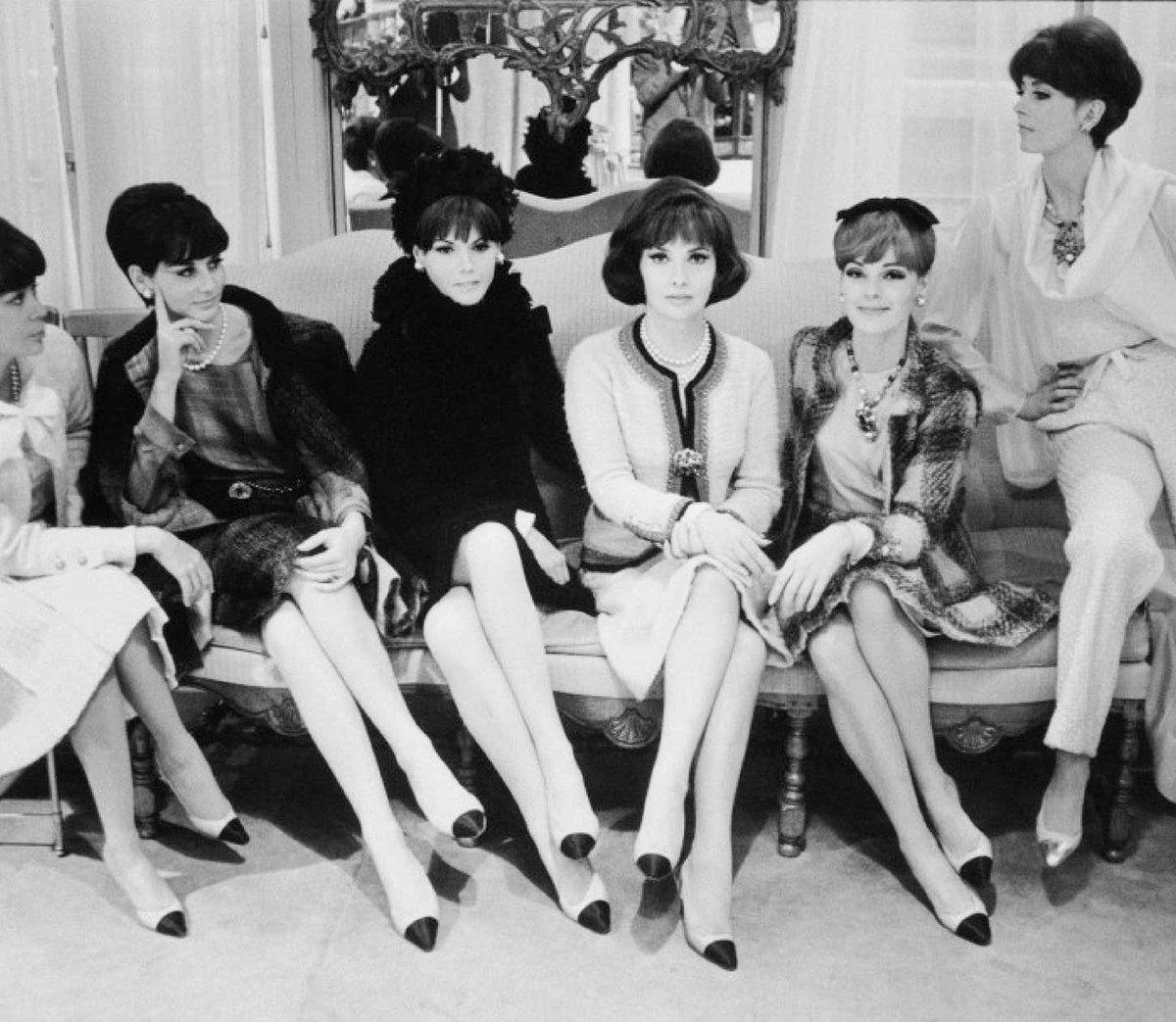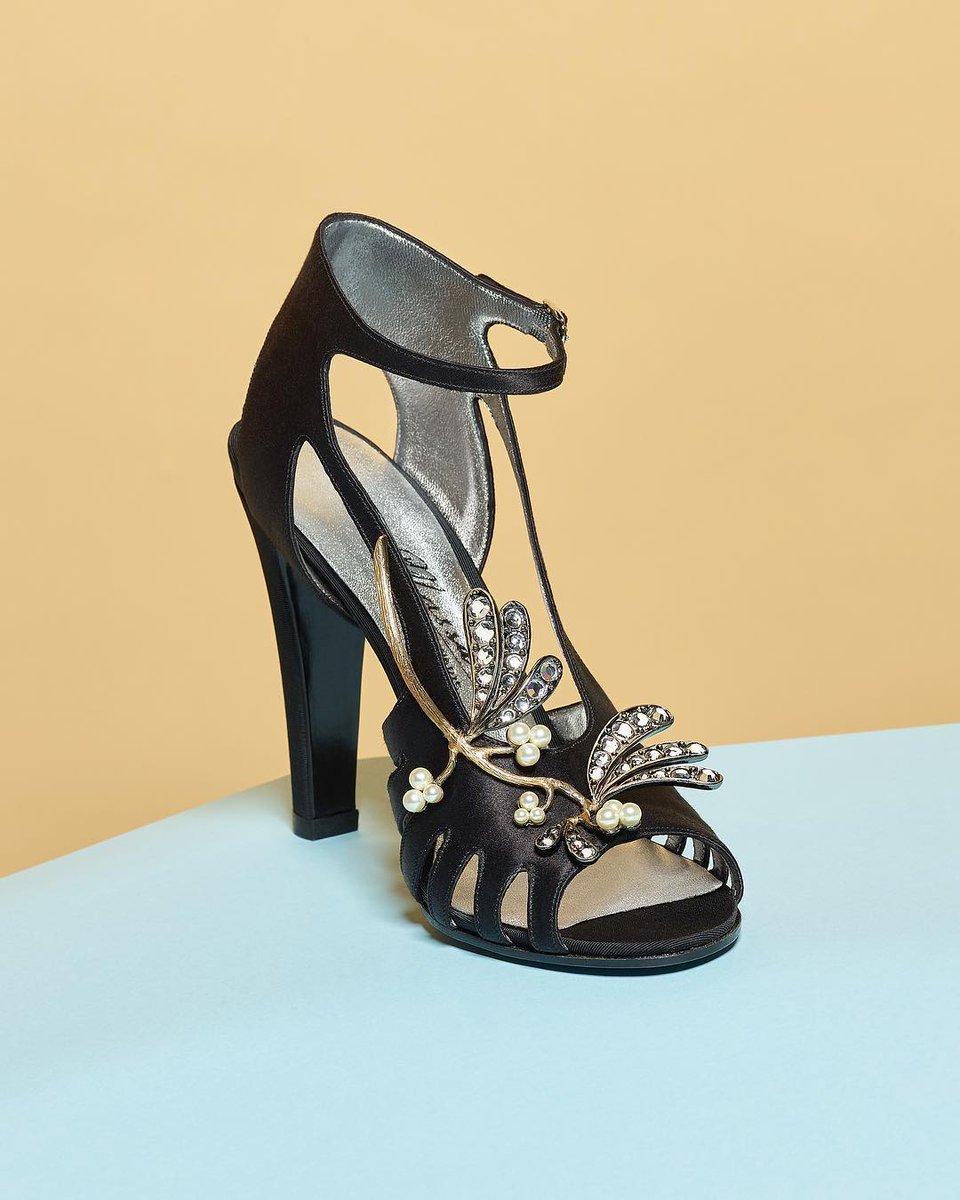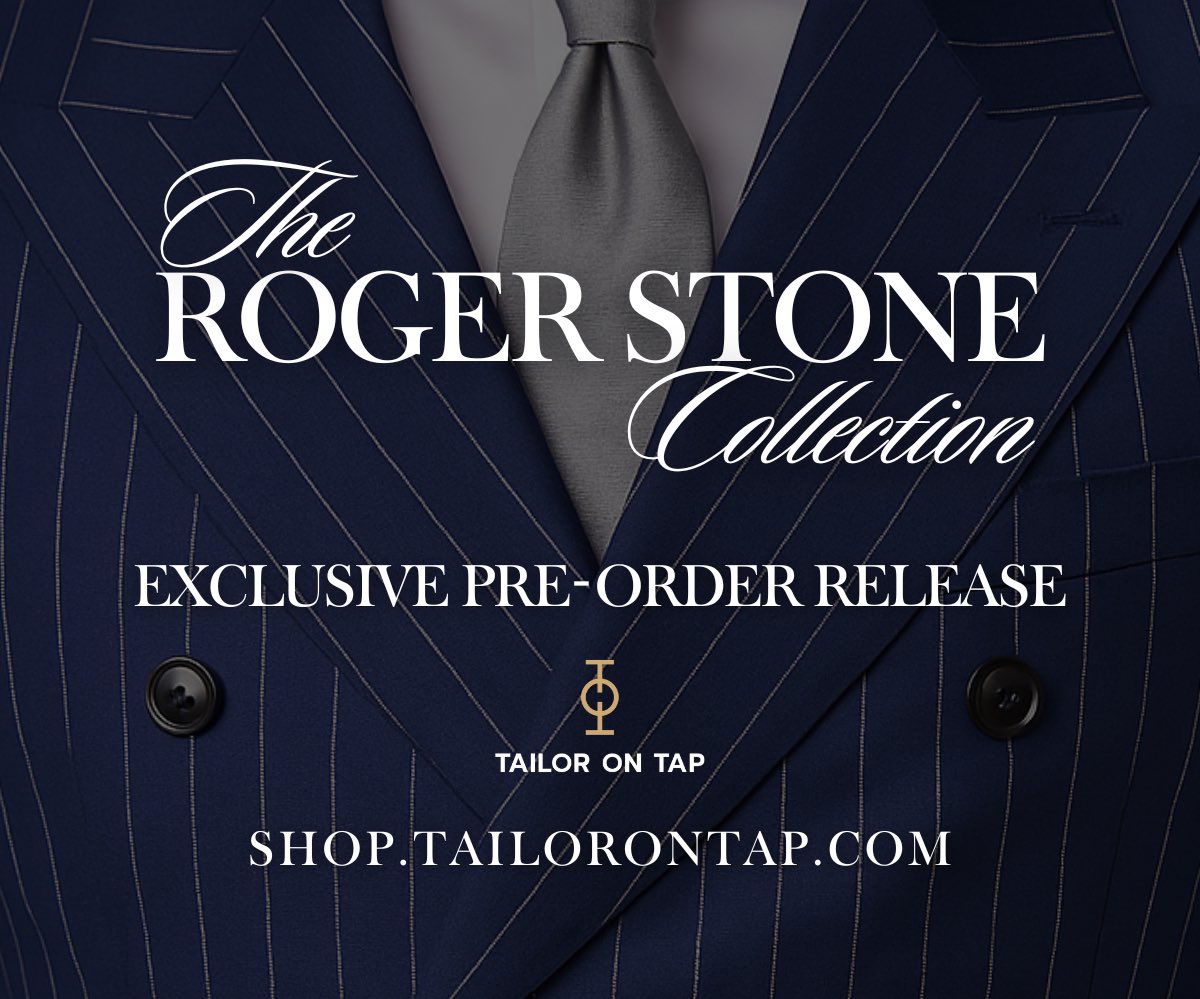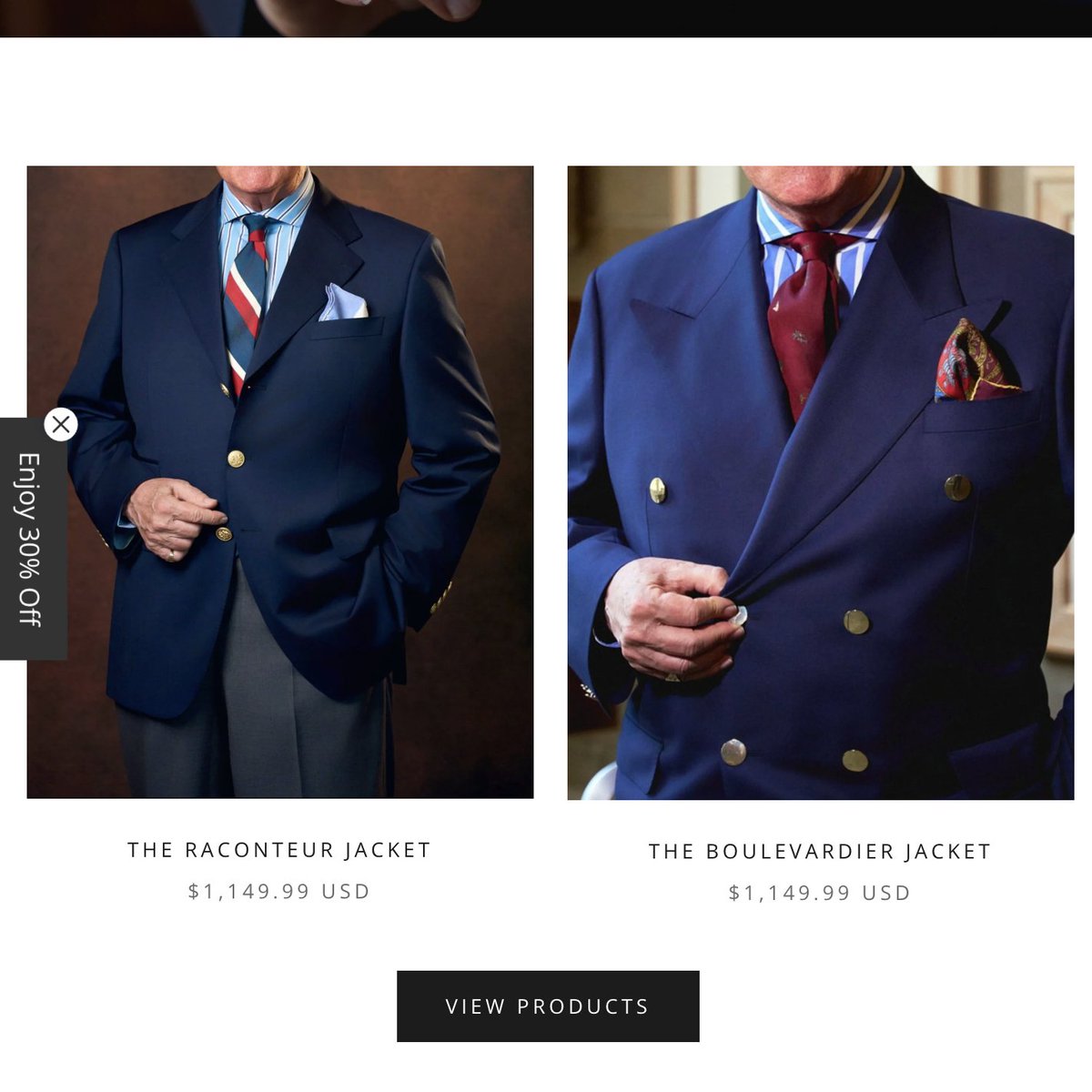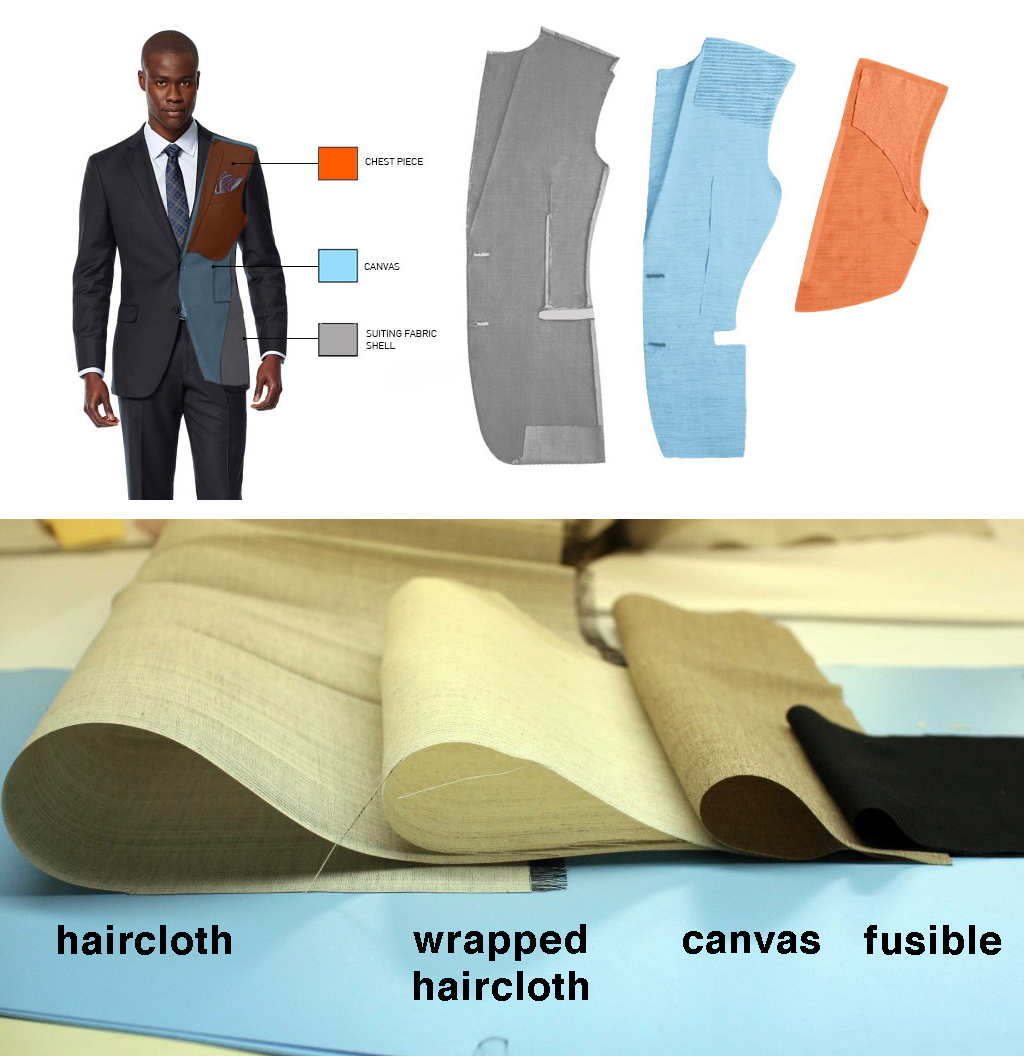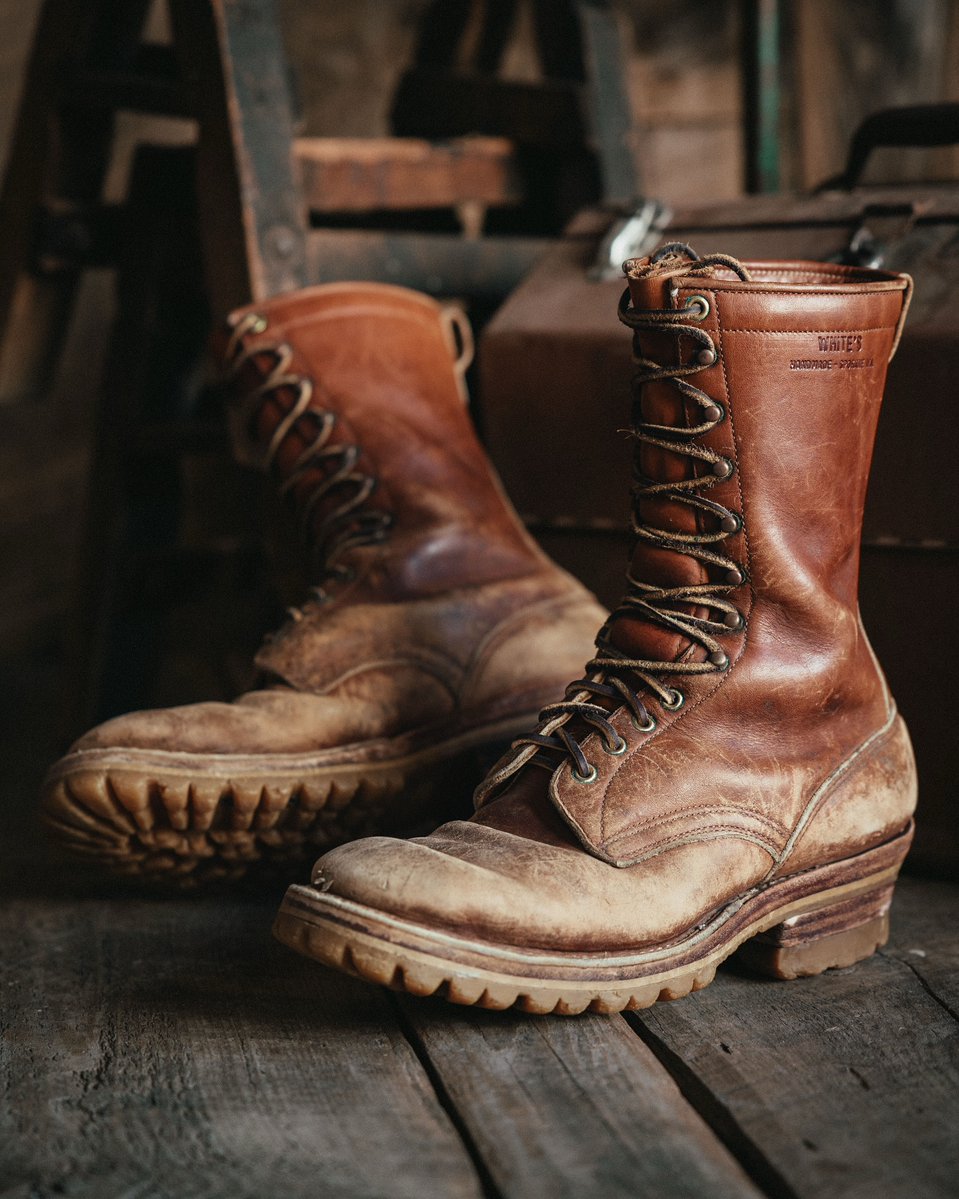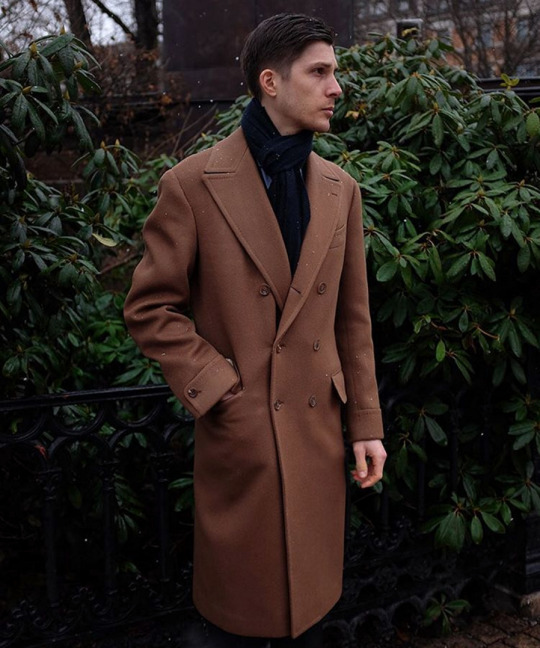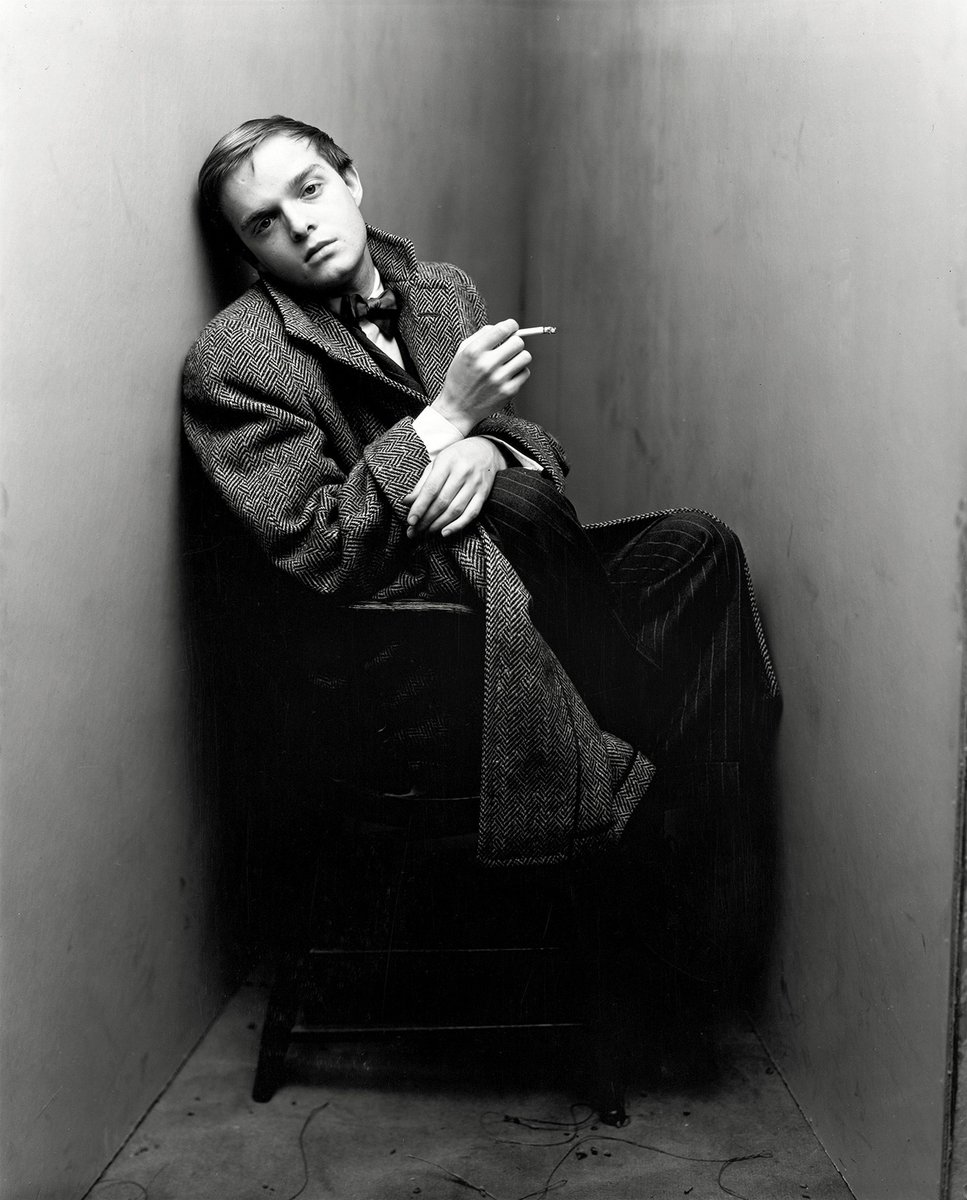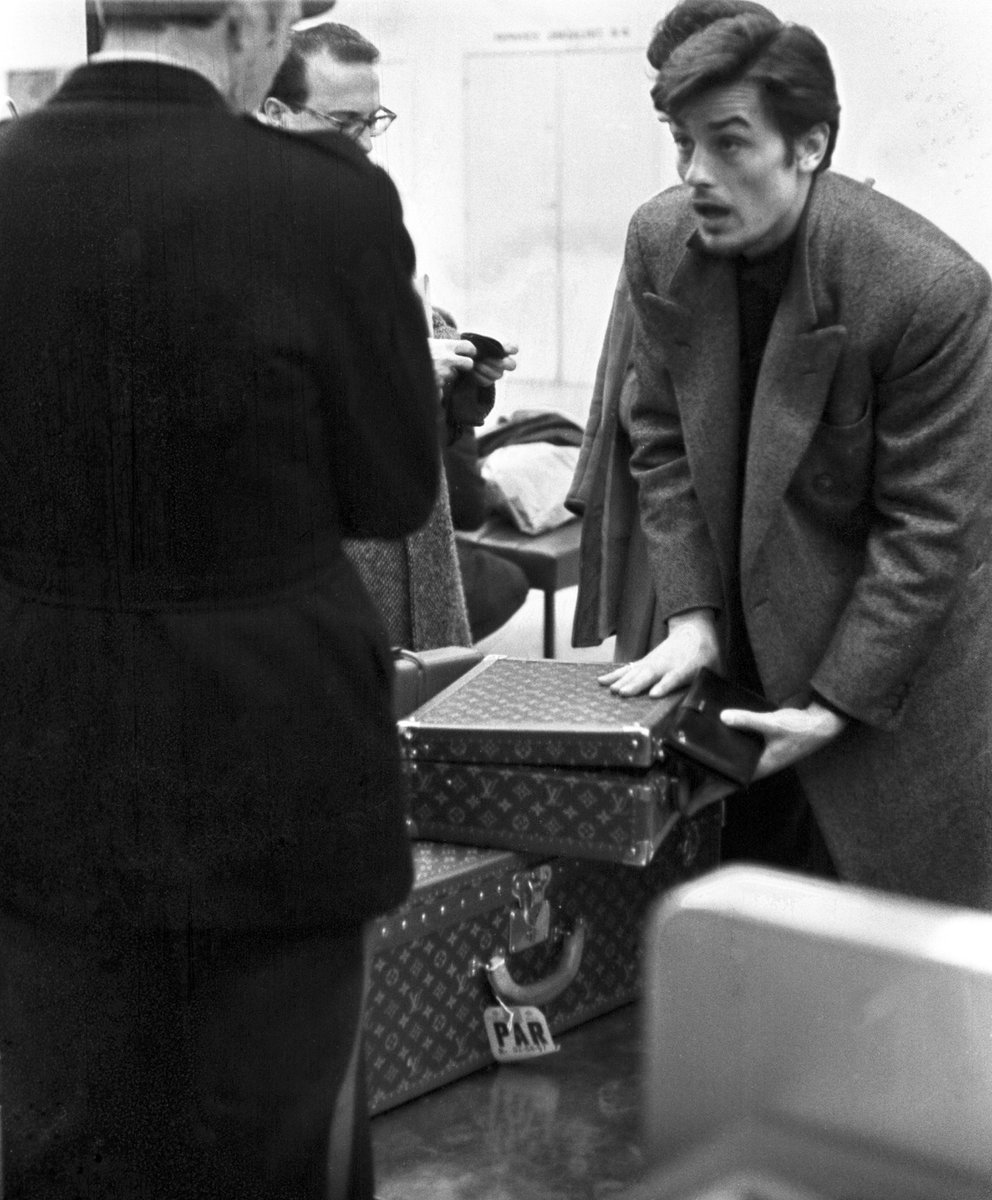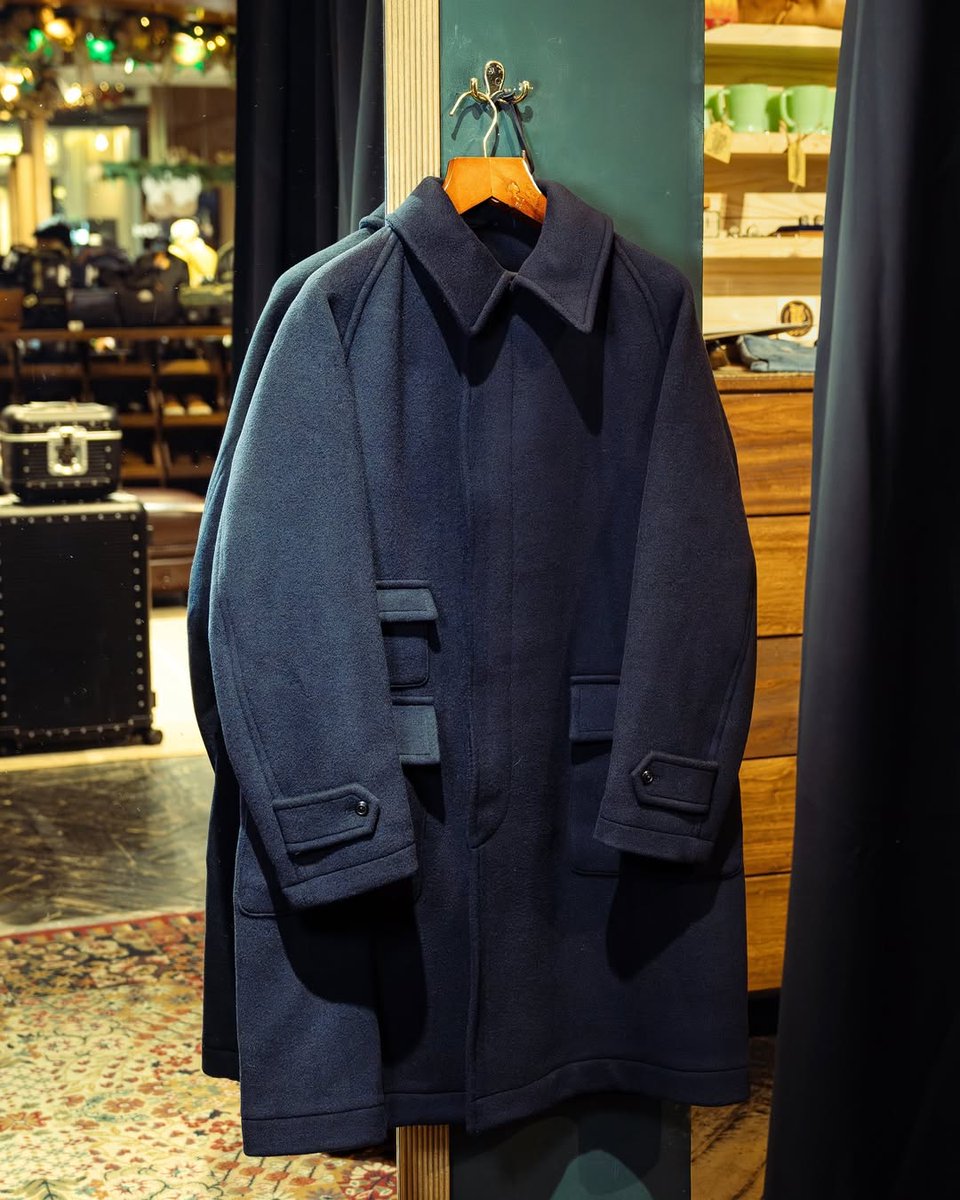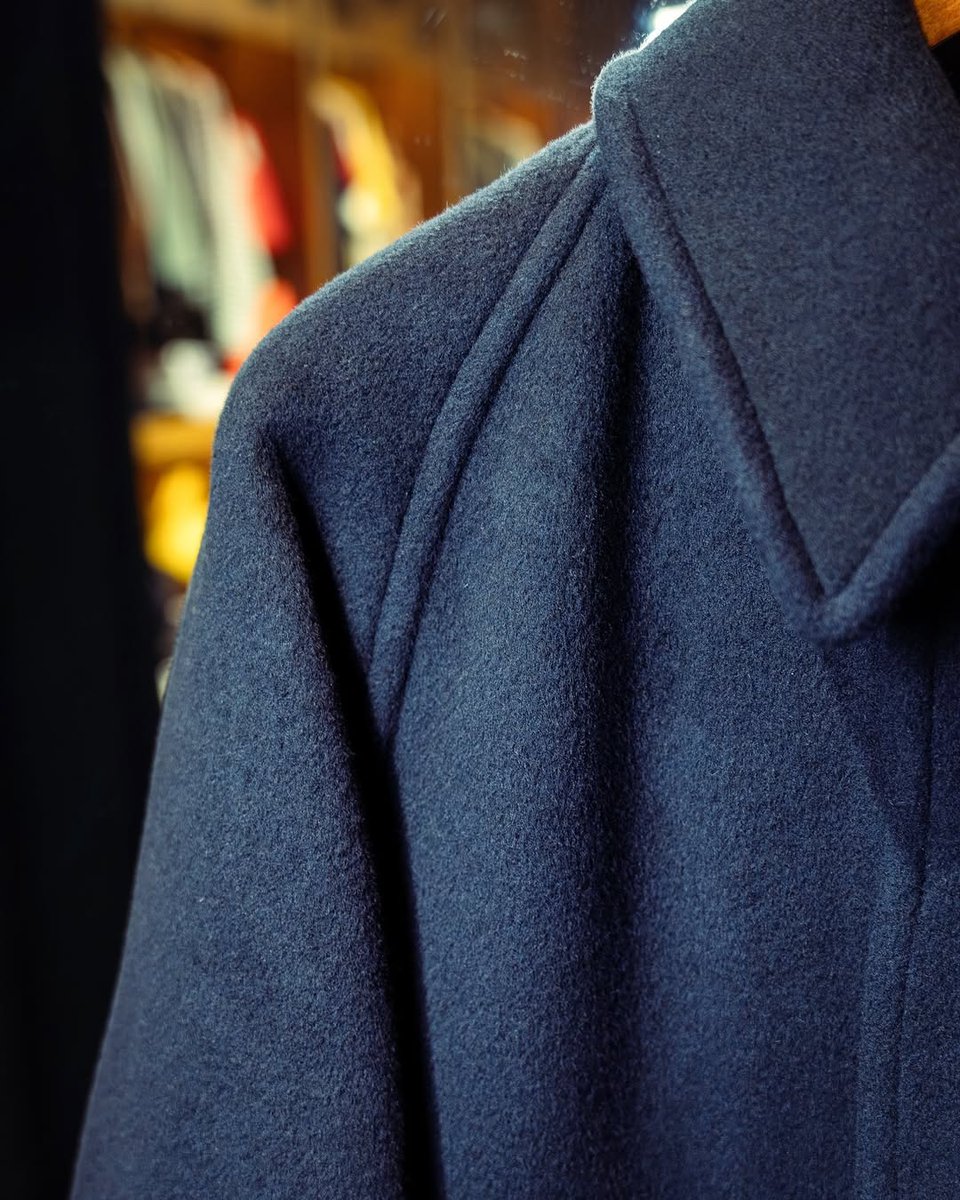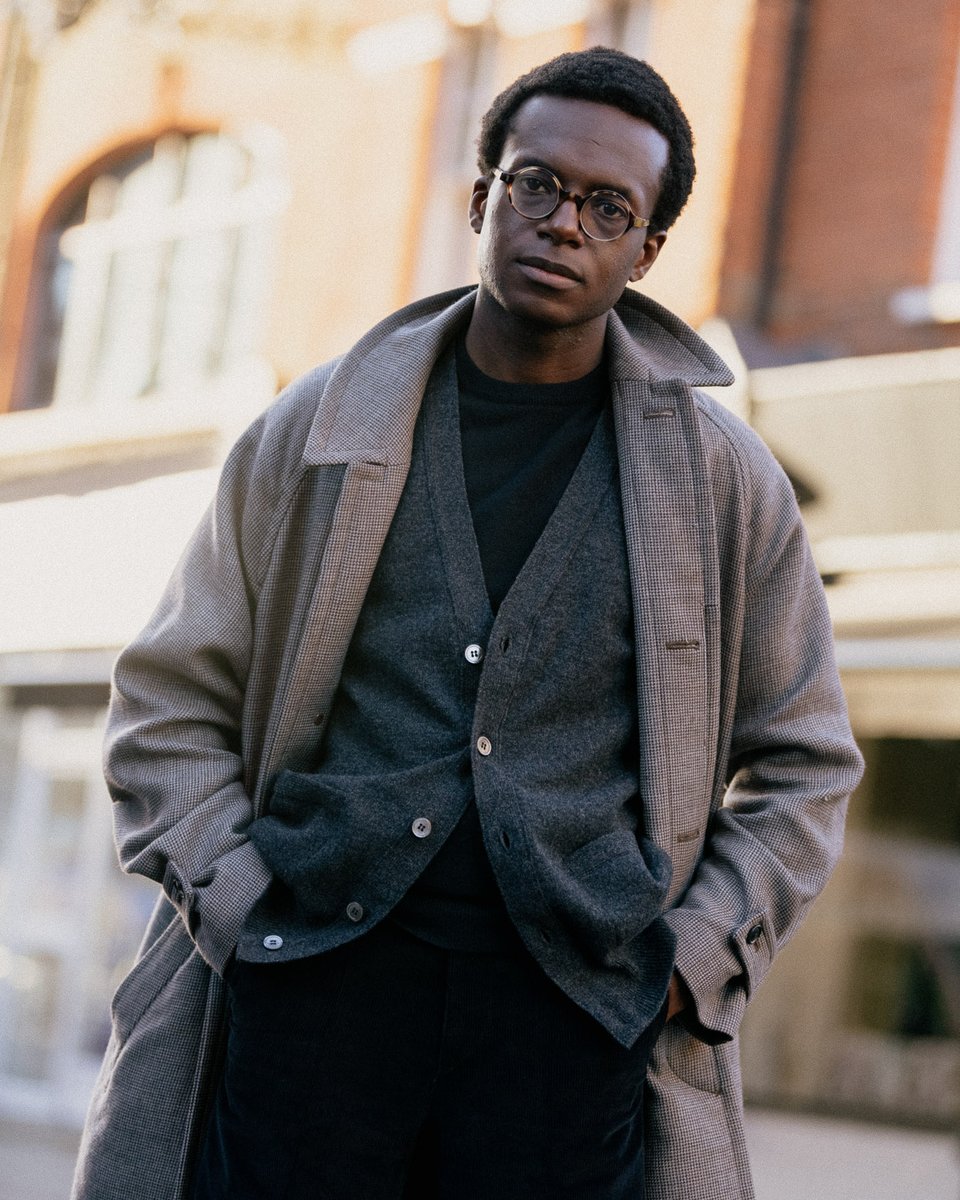There are gross elements in every historical aesthetic. Suits can be reduced to the rise of the Second British Empire. Ivy style is associated with privileges derived from inherited wealth. But when you dig deeper into these aesthetics, their histories are more complicated 🧵
https://twitter.com/commiexmommie/status/1617566011158564865
The cowboy/girl aesthetic appeals bc it reference a type of American character: self-reliance, resourcefulness, practicality, optimism, and rugged individualism. You can trace this association back to Frederick Turner's thesis on the origins of American identity & polity. 

Turner believed that Americans' experience on the frontier made them particularly self-reliant and uninterested in social hierarchies. It didn't matter if you were a titled Duke on the frontier, as every person had to survive. American politics and identity grew out of this
Of course, the thesis is problematic. Turner directly refers to Native Americans as savages, and pretends that frontier Americans just went westward and discovered land (rather than forcefully taking it). The cowboy is not just an independent character, he's sometimes violent.
Nonetheless, Turner eventually set the tone for a lot of storytelling in the 20th century. As historian William Appleman Williams wrote, Turner’s ideas soon “rolled through the universities and into popular literature like a tidal wave." 

Nine years after Turner published his thesis, Owen Wister published The Virginian, the first Western novel. The Virginian is about a tall ranch hand with a deep personality and an ongoing romance with a frail East Coast woman who’s not used to the Wild West.
Being a virtuous character, this cowboy resists the temptation to run down his enemies but is eventually forced into a climactic gun dual. Sound familiar? That's because this storyline set the template for the Western film genre in the decades following.
Hollywood churned out hit after hit, each movie traveling along the same well-rutted road: Dodge City (1939), Red River (1948), Rio Grande (1950), Shane (1953), The Man Who Shot Liberty Valance (1962), and many more. 

Eventually, the storyline became tired, the tropes too old, and the genre mostly burned out. In the 1970s, Native American protestors made Americans more aware of the problematic history of this country. This culminated in the Wounded Knee Occupation of 1973. 

After that, filmmakers could no longer depict cowboys as virtuous heroes galloping into towns, dispensing justice, and acting as harbingers of civilization. They started to make Revisionist Westerns, like Django Unchained. But we no longer have that idealized man, as Tony notes 

When people find themselves attracted to Westernwear, they are often drawn to the romanticized and sanitized version of this American history, first created by Turner and then propagated through novels and films. This makes it easy for many people to shoot it down.
But the cowboy/girl aesthetic is also so much more than this narrowly defined social history. Just as suits are more than the garb of imperialists and Ivy button-downs more than the shirt of rich preppy kids.
Many of the original cowboys were former slaves known as Exodusters who migrated along the Mississippi River. As some broke West, they also learned horse-handling skills from Mexican vaqueros and cattle-raising Native Americans. 

In his book The Black West, William Loren Katz writes about Black cowboys, such as Bass Reeves (the real-life inspiration for The Lone Ranger), Bill Pickett (inventor of bulldogging), and Nat Love (a crack shot and cattle rancher whose life was a string of wild adventures). 



According to some historians, the term cowboy was originally pejorative for black farm workers. Their white equivalents were known as “cowhands.”
Today, there are Native American rodeo competitions with regional associations in two nations and at least two national finals.
Today, there are Native American rodeo competitions with regional associations in two nations and at least two national finals.

I once interviewed Donna Hoyt, who serves as the General Manager of the Indian National Finals Rodeo, the oldest organization of its kind. She says such events are natural since horsemanship has deep roots in Native American culture.
She told me: “They’ve inherited this lifestyle through their grandfathers and great-grandfathers. Today, they keep this Western heritage alive by participating in rodeos, Indian relay races, and other activities they’ve grown up doing.”
Derrick Begay is a Navajo team-roping cowboy from a reservation in Arizona. He grew up with nothing but was raised in the saddle. By the time he retired in 2020, he had won multiple titles and $1.2M. To people on his home reservation, he is a hero. To rodeo cowboys, he’s a legend 

I love the Western aesthetic because it represents a sense of rugged optimism and self-reliance. Yes, it has a problematic history—just like suits and prep. But when you dig into those histories, you also see Black jazz musicians, Jewish tailors, and Lo Heads. 





The cowboy/girl aesthetic is similarly rich and nuanced, more than its stereotypes. I love how you can wear a Western denim shirt with a tweed sport coat or trucker jacket (originally a ranch jacket) with jeans or fatigues. RRL makes otherworldly cardigans 





Westernewar is great bc you can incorporate just one piece into a basic workwear wardrobe, like milsurp field jackets or double riders. Or you can get more directional with it, such as wearing cowboy boots or even Western suits (so good!!) 







There's an argument here that city slickers like me are cosplaying in Westernwear. I'll leave that debate for another day, but I am generally fine with wearing stuff just because it makes me happy. I encourage you to explore. Westernwear is more than its simple stereotypes. 
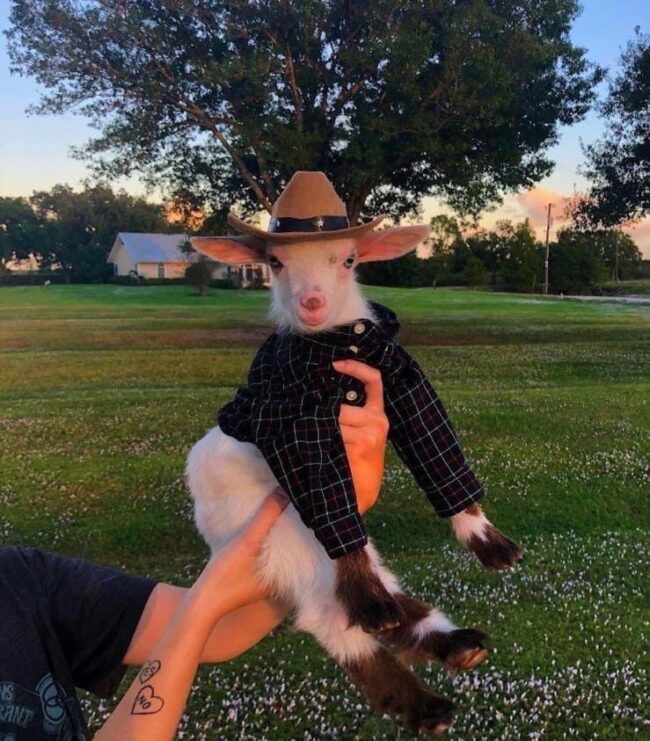
You can read more about this in a post I wrote a couple of years ago. It includes some practical suggestions on how you can incorporate Westernwear into your wardrobe. There are also videos of Charlie Pride and Flaco Jimenz singing. They are a must listen
dieworkwear.com/2021/07/13/a-s…
dieworkwear.com/2021/07/13/a-s…
Years ago, I used to visit a friend's home every winter holiday to meet up with his uncle (Uncle John). Uncle John was a lifelong Democrat from Arizona who wore denim shirts, sport coats, and Native American jewelry. We met up bc we both love to play chess.
Every Xmas holiday was the same: we'd meet up, exchange pleasantries, and then sit down for a game of chess on my tournament board. John was insanely good. The games lasted three hours. I would always be so tired at the end, we'd shake hands, and I'd go home to sleep.
Uncle John died a few years ago in a car accident, and my buddy gave me one of his bolo ties. I still don't know how to wear bolo ties, but this is a special item in my closet bc of my memories of John. Shows you can't reduce Westernwear to just "racists." John was a mensch. 

• • •
Missing some Tweet in this thread? You can try to
force a refresh







